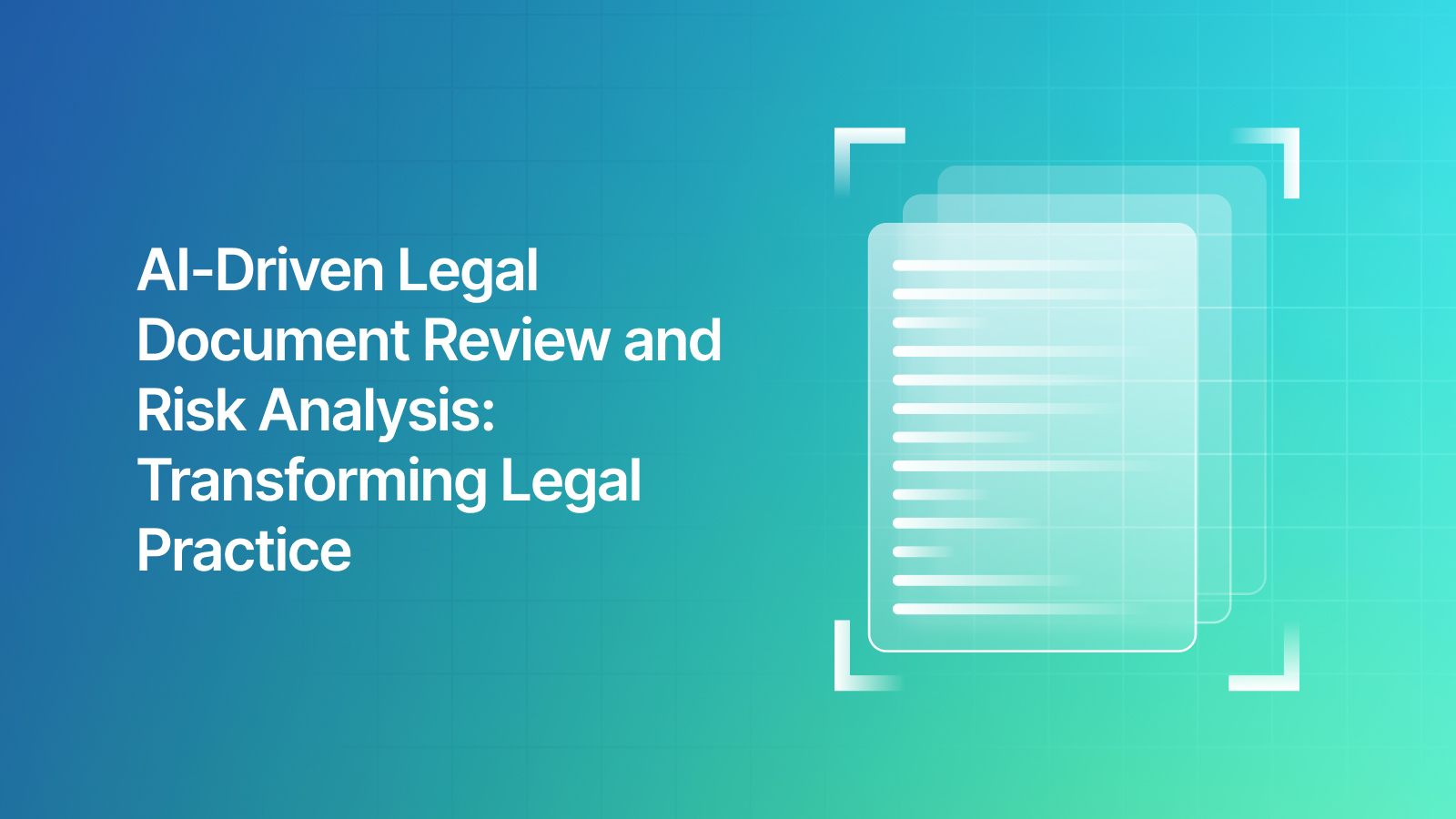Cross-Border Invoice Processing Made Simple
Discover strategies and tools to navigate cross-border invoicing, ensure regional compliance, and streamline global financial operations effectively.
Discover how AI transforms legal document review, boosting efficiency, accuracy, and reducing costs. Explore its applications in e-discovery and compliance.

Artificial intelligence is revolutionizing the legal industry, particularly in the realm of document review and risk analysis. AI-powered tools can now automate repetitive tasks, improve efficiency and accuracy, and assist in document processing, legal research, and contract analysis.
This technological advancement is transforming how legal professionals approach their work, allowing them to focus on higher-value tasks that require human expertise.
AI significantly accelerates the document review process by automating time-consuming tasks such as data extraction, keyword tagging, and document classification. This automation leads to faster completion of reviews and more efficient workflows.

Legal teams can handle larger volumes of documents in less time.
AI-driven document review tools can analyze vast amounts of data with a level of consistency that surpasses human capabilities. These systems can identify patterns, extract relevant information, and maintain accuracy even when dealing with complex legal language and large document sets.

By automating labor-intensive tasks and increasing the speed and accuracy of document review, AI helps reduce overall costs. Law firms can save on labor expenses and avoid costs associated with human error.
The ability to reuse coding decisions also minimizes the need for repeated reviews, further lowering expenses.
AI streamlines the e-discovery process by quickly identifying and categorizing relevant documents from vast data sets. It can handle various data types, including emails, text messages, and multimedia files.
This makes the e-discovery process more comprehensive and efficient.
AI assists in contract review by automatically extracting and summarizing key terms and clauses, identifying potential risks, and ensuring compliance with regulatory requirements.

This allows legal teams to manage contracts more effectively and reduce time spent on manual reviews.
AI-powered tools can analyze legal documents to identify potential risks, inconsistencies, or deviations from standard terms and provisions. This capability is particularly valuable in mergers and acquisitions, where the volume of legal documents requiring thorough examination can be overwhelming.

AI can quickly highlight areas that may require further investigation, such as change of control clauses, intellectual property rights, or employment contracts that could impact a deal's value or feasibility.
While AI offers significant benefits, it's crucial for legal professionals to consider ethical implications and best practices when implementing these tools.
AI should be viewed as a tool to augment human expertise, not replace it. Legal professionals must maintain oversight and use their judgment to interpret AI-generated insights.
When using AI for document review, it's essential to implement robust security measures to protect sensitive client information. This includes access controls, encryption, and secure data storage.
Legal professionals have an ethical duty to stay informed about technological advancements in their field. Understanding the capabilities and limitations of AI tools is crucial for providing competent representation.
As AI technology continues to evolve, its role in the legal field will only grow. More advanced AI models are expected to develop deeper understanding capabilities, moving beyond pattern recognition to interpreting legal context.
Some systems may even predict legal outcomes based on data from previous cases, providing lawyers with unprecedented planning capabilities.

The adoption of AI in legal document review and risk analysis represents a significant step toward a more efficient and data-driven legal industry. By leveraging these technologies, law firms can enhance productivity, improve client service, and gain a competitive edge in an increasingly technology-driven legal landscape.